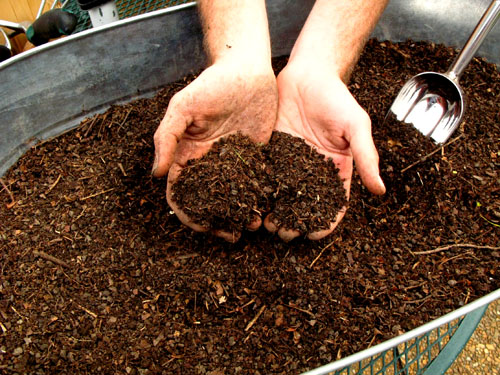Beautiful Garden Creation With These Great Tips
Creating a beautiful garden can be relaxing, but it doesn’t really require plenty of money. Performing necessary garden chores can be an excellent way of spending time together as a family. If you have children, they will be awe-struck by how seeds transform into colorful flowers and tasty vegetables. Additionally, gardening is a powerful teaching tool that helps people and children appreciate the outdoors and nature. The article below has tips that will make gardening easier, more enjoyable and inclusive to others.
Cover any wall or fence with climbers. Climbers have many different uses and spread quickly. They also work to cover up old, and possibly dead, vegetation. Some must be tied onto a support, but a number of climbers attach to surfaces with twining stems or tendrils. Plants such as clematis, wisteria, climbing roses, or honeysuckle are always great choices.
Your vegetable plants need about two or three inches of mulch placed around them. Mulch helps the soil surrounding the plants remain moister for a longer time. It will also dramatically decrease weed growth. Time and effort will be saved pulling out all the weeds.
If you are planning on growing peas, start them indoors before putting them outdoors in your garden. Pea seeds tend to germinate much better when planted indoors, before being moved to an outside garden. The baby plants will also be stronger and will resist pests and disease better. You will be able to transfer the seedlings outdoors after they become better established.
A small shed or an area in your garage makes the perfect storage facility for garden tools. Do not leave anything laying around in the yard; you do not know who might come by and steal it!
3 Tips in Landscaping your Beautiful Garden
Landscaping is usually a pretty big task that takes up a bunch of time and energy. Before you hire a professional, here are some tips that could save both time and money for your beautiful garden.
- There are some tasks that you will be able to do on your own, if you are willing to invest your time. However, if you have an awkward block such as very steep ground, a pro might give you the expertise to save costly mistakes.
- Spend some time thinking about exactly how you want the final outcome to be. Think about the style and function of your landscape. Do you want an area for entertaining? A barbeque? Is there to be an area for children to play, a fishpond or a swimming pool? An idea of the plants you want to be there will help. Focus on the area where you spend most of your time.
- The style of your home must be taken into account. If you have a rural cottage, formal gardens surrounding it will look out of place. Think also about your lifestyle. Do you want to spend hours caring for many beds of annuals or pruning beds of roses? If so, go ahead and plant them, but if you’d rather spend your free time at the beach, then go for an easy-care garden and landscape.
Here are some different landscape styles you can choose for your own beautiful garden:
- Formal: This style uses lots of straight lines and perfect geometrical shapes. Orderly arrangement of plants instead of random positioning is employed. Close arrangement and pruning is seen on many landscaped gardens with this style.
- Informal: This kind of landscaping workds well with cosy cottages. Beds with curved edges instead of straight lines and random placement of plants suit this landscape style.
- Woodland: This landscaping suits a house that has a wooded backyard and sloping ground.
- English Garden: This style emphasizes the harmony between the house’s architecture and the garden.
- Oriental: It is often the kind of garden found in small backyards. It uses rocks, evergreens and water. A wide variety of plants create several interesting angles with this style.
In conclusion, whether you are creating a beautiful garden on your own or with friends, the tips you’ve read above are sure to be helpful. You’ll find ways here to bring the joy of gardening to friends and family. It also helps you to learn more in-depth understanding of your beautiful garden for yourself.
For more tips and suggestions on landscaping ideas for your beautiful garden, make an appointment with us for a consultation or contact us at 805-773-5395. We’ll help you keep your beautiful garden looking great all year round.




